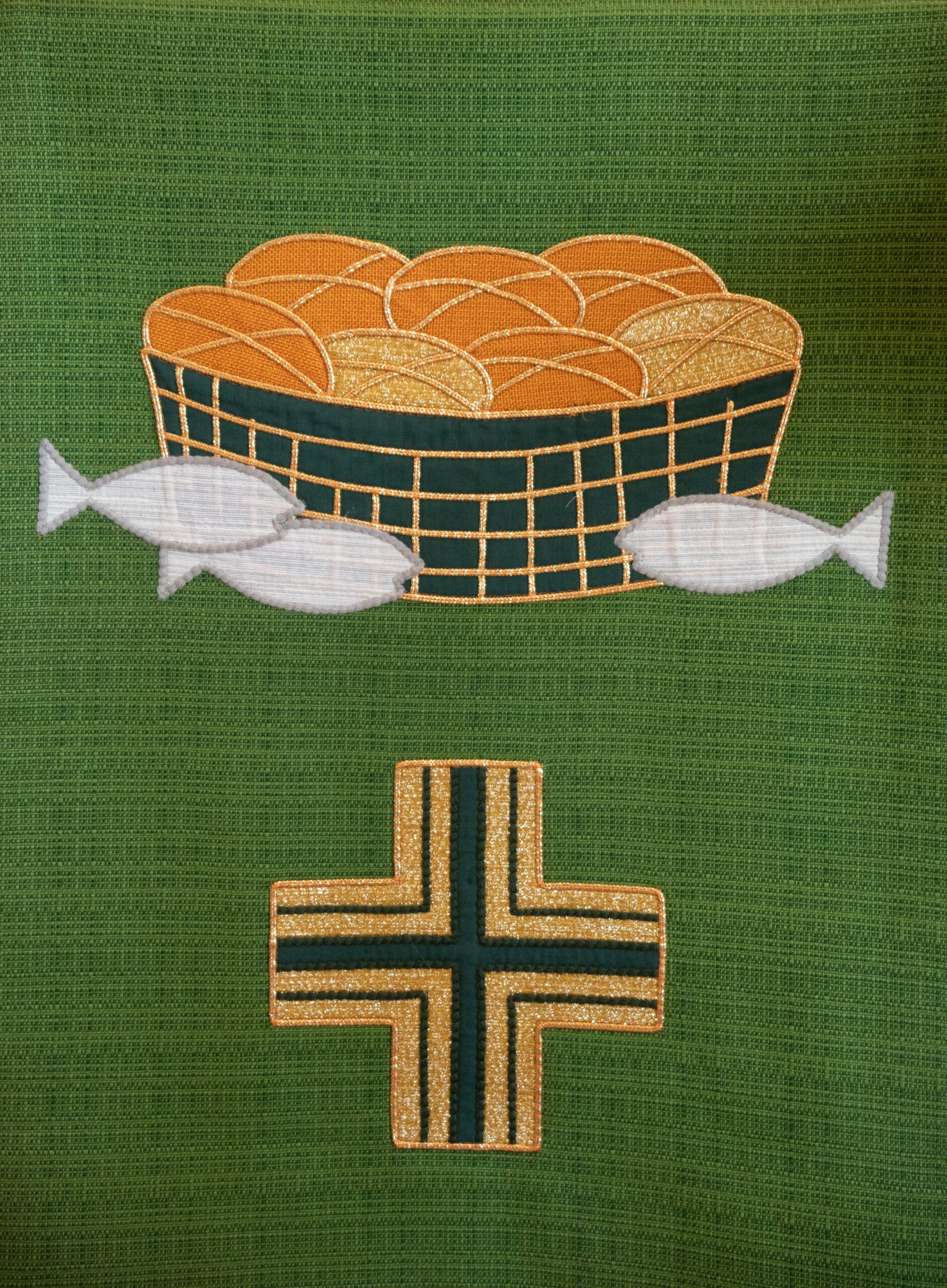All Blog Posts
May 30, 2024
In this article, author Cody Sanders helps us to read Scripture in such a way that moves us toward love and justice.
May 9, 2024
Cory Driver contends that reading Esther intertextually, especially with Exodus and Leviticus, reveals the book as a dire warning about political idolatry.
April 23, 2024
Curiosity will take us places. Be curious, explore, look again!
March 14, 2024
Different approaches to reading the Bible address different goals
February 29, 2024
One person’s life verse leaves a bad taste in the mouth of another.
February 13, 2024
Author Karna Moskalik speaks of her first day of kindergarten, an experience that changed the trajectory of her life.
January 22, 2024
The Transfiguration is a weird story. What is it doing there? Why does it pop up in the middle of the action?
January 11, 2024
I spent almost my entire life swinging from all-out believer to apparent atheist and back again.
December 14, 2023
Through the work of the promised Spirit, Jesus has bequeathed me the gift of peace.
November 30, 2023
Our trust is in the God who wipes away every tear and gathers all of us into a kingdom of eternal love.
November 9, 2023
Reading carefully the genealogy of Matthew 1:1-17 demonstrates that Jesus, like us, also has messy families.
October 26, 2023
Take courage that God is making a way now for you in the wilderness.
August 24, 2023
Author Krista Vingelis meditates on Jesus' miracle of feeding of the 5000 and how the story speaks into her own life.
August 15, 2023
How 2 Thessalonians can help us move past complaining.
Subscribe to Our Newsletter
Enter your name and contact information below to get our most popular content delivered directly in your inbox.
We take your privacy seriously. We’ll never share your contact information. Unsubscribe anytime.















